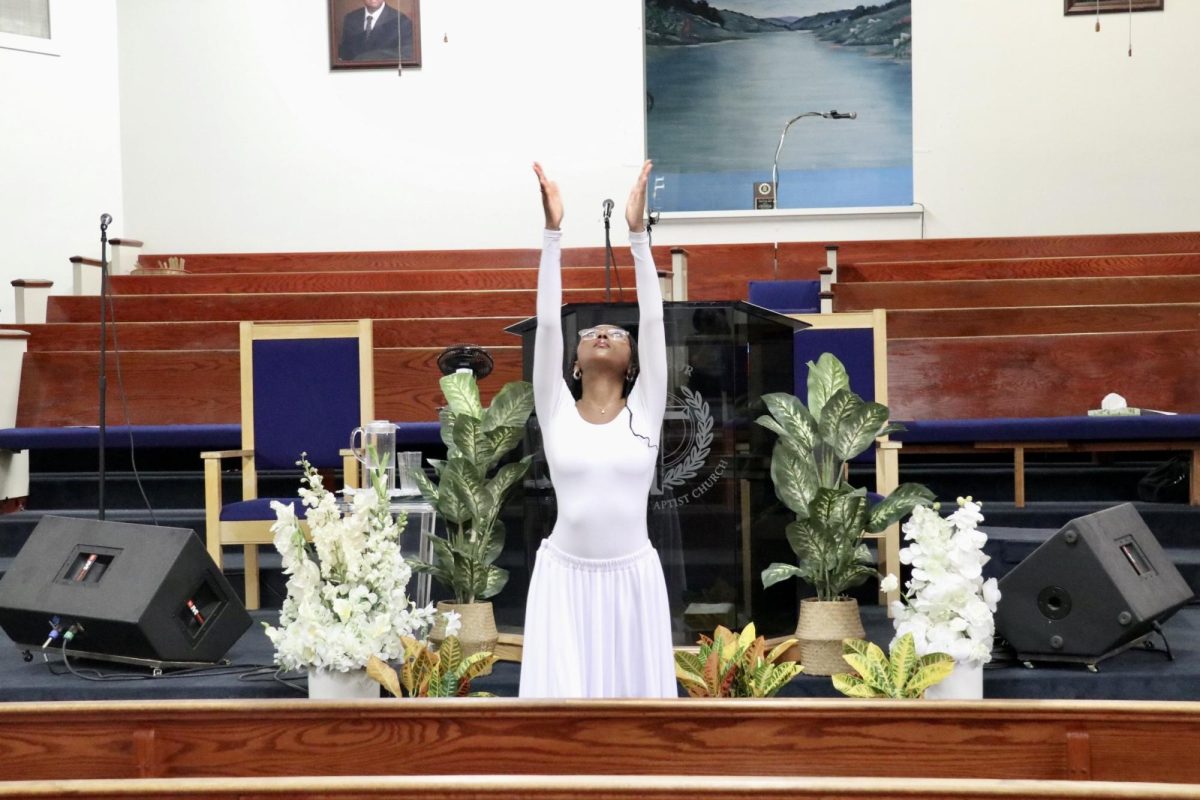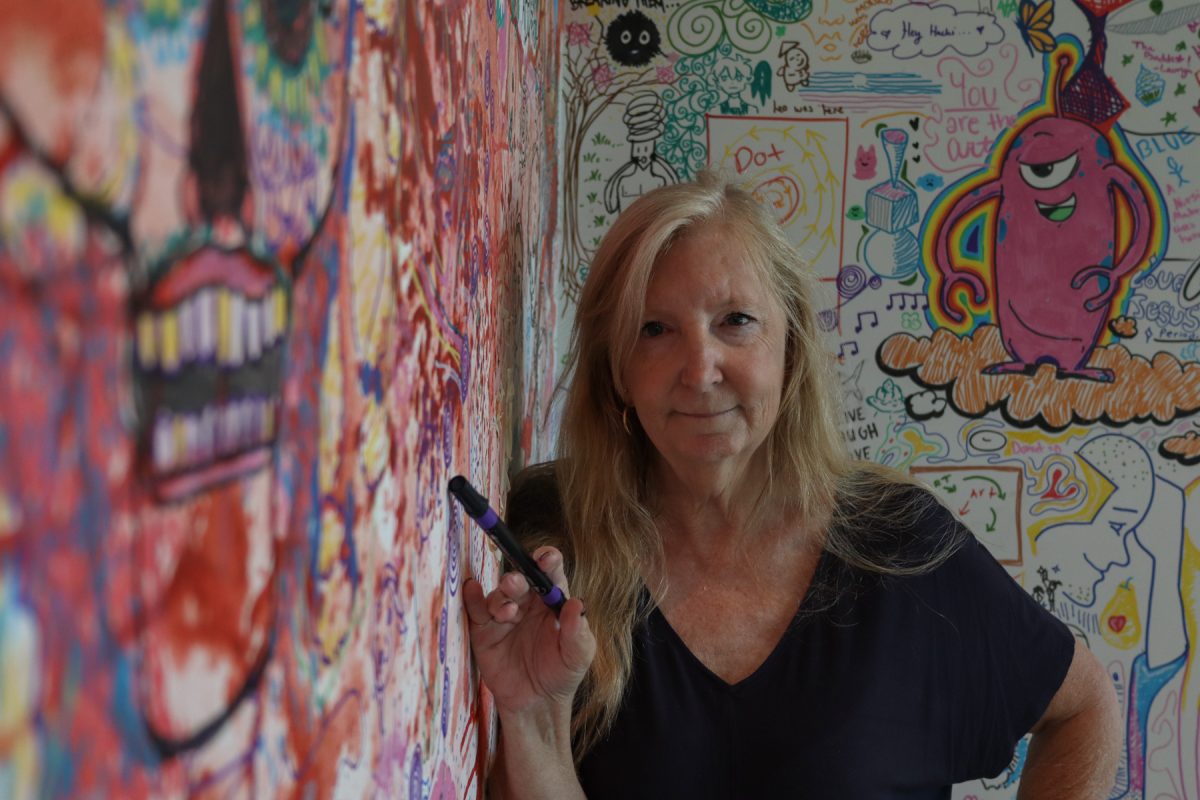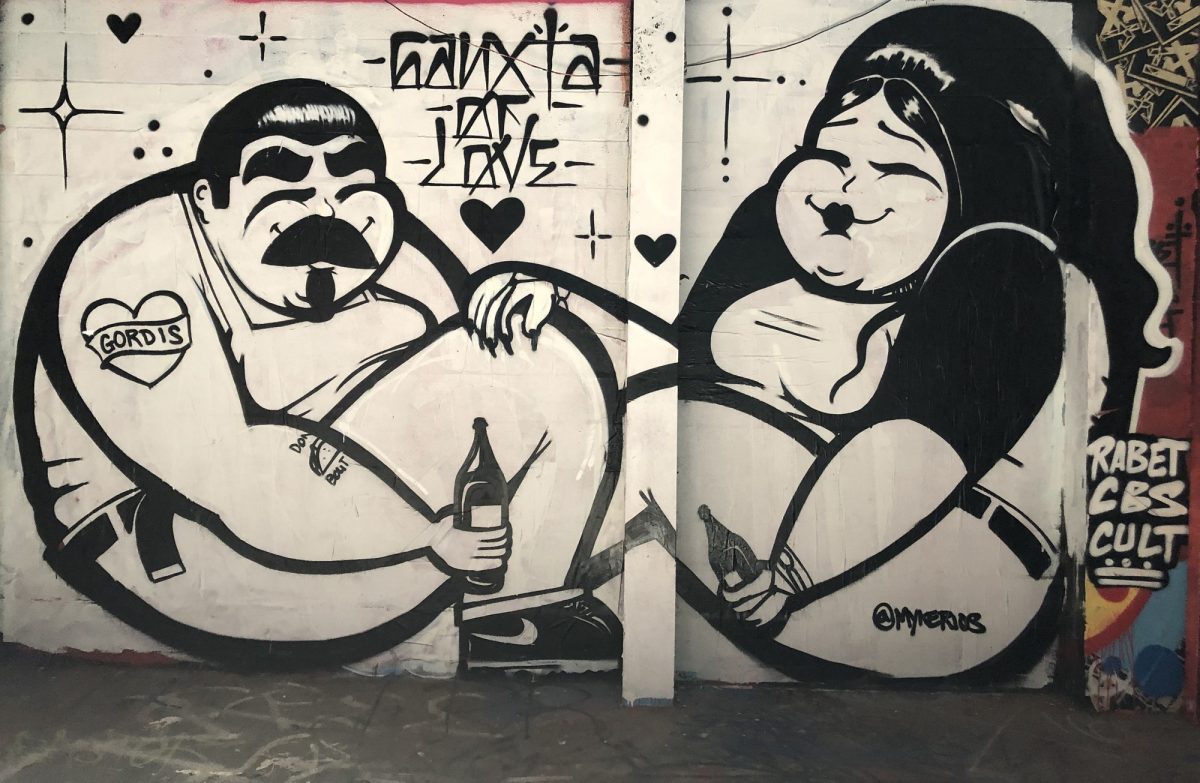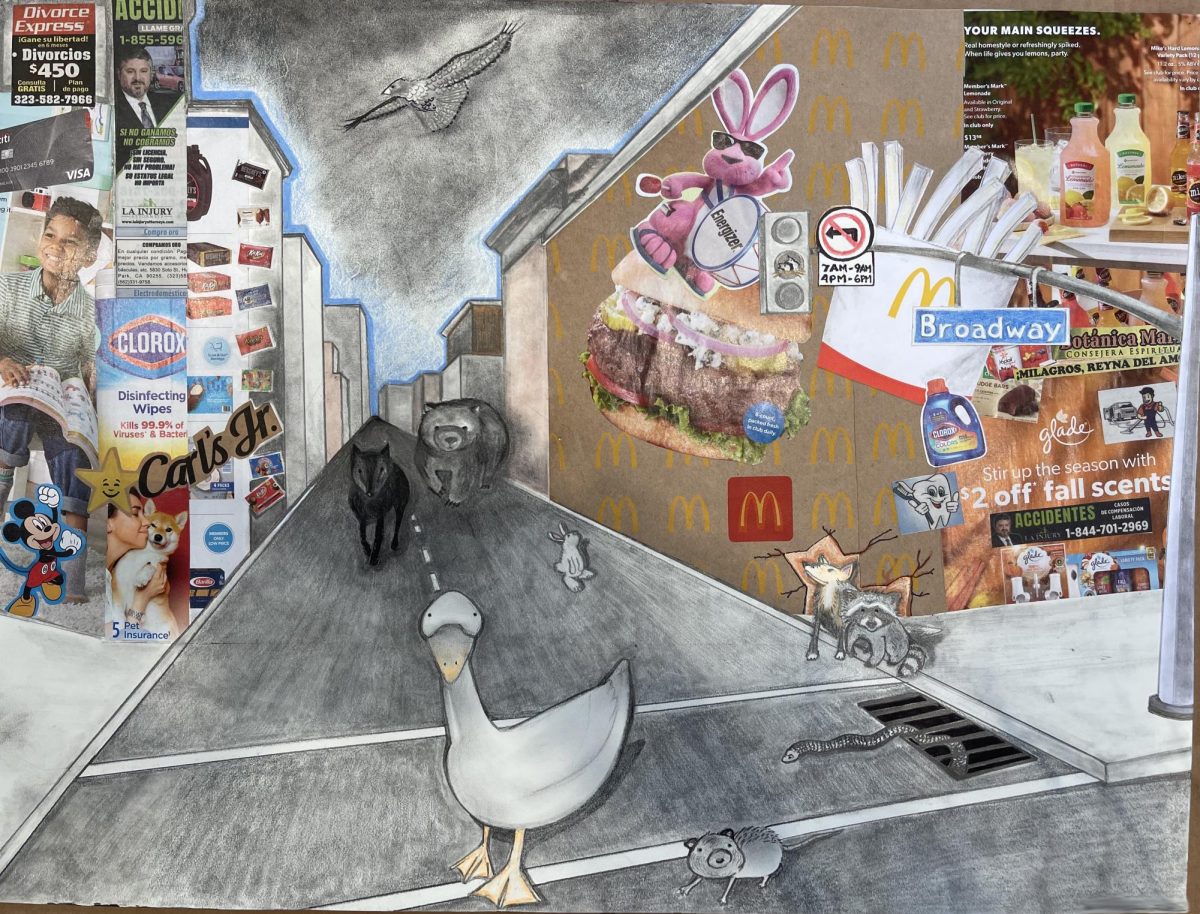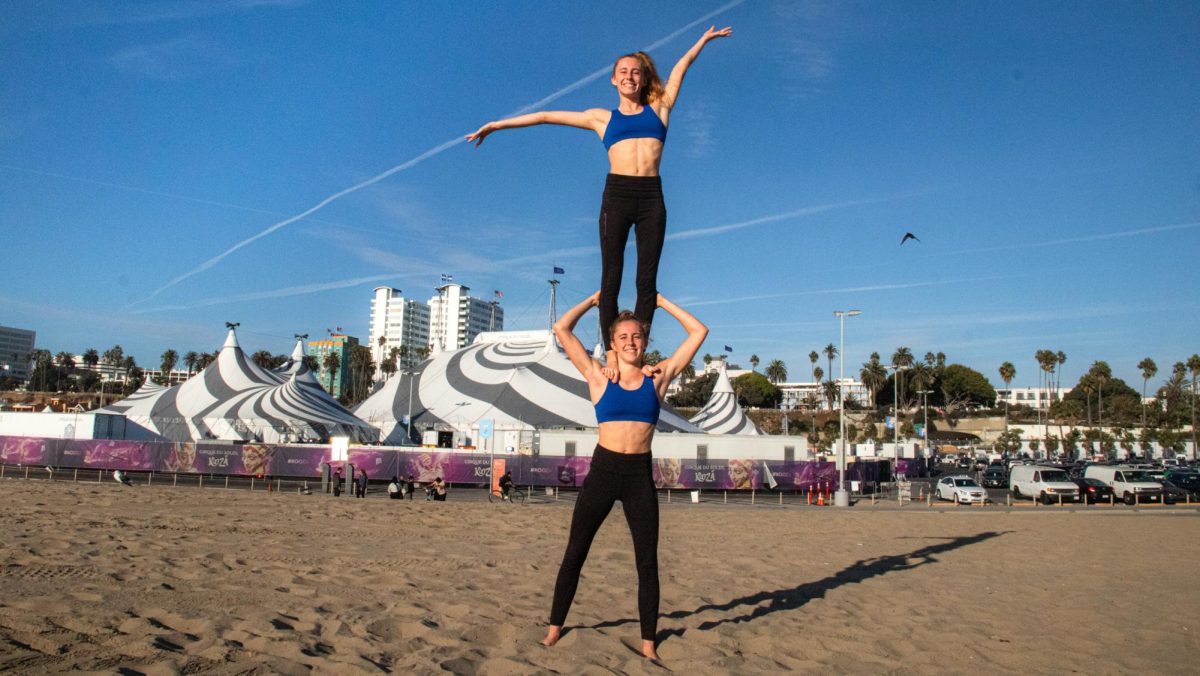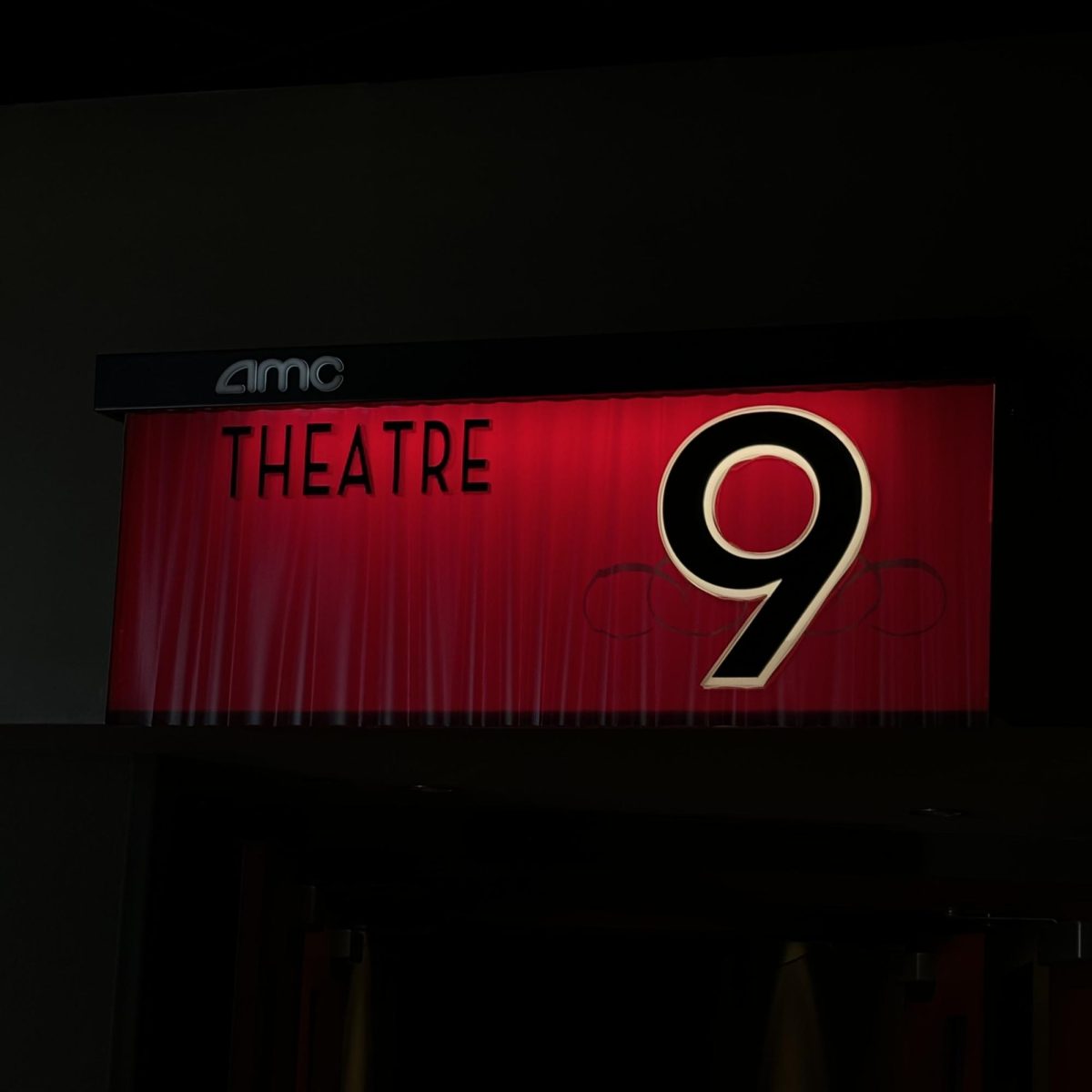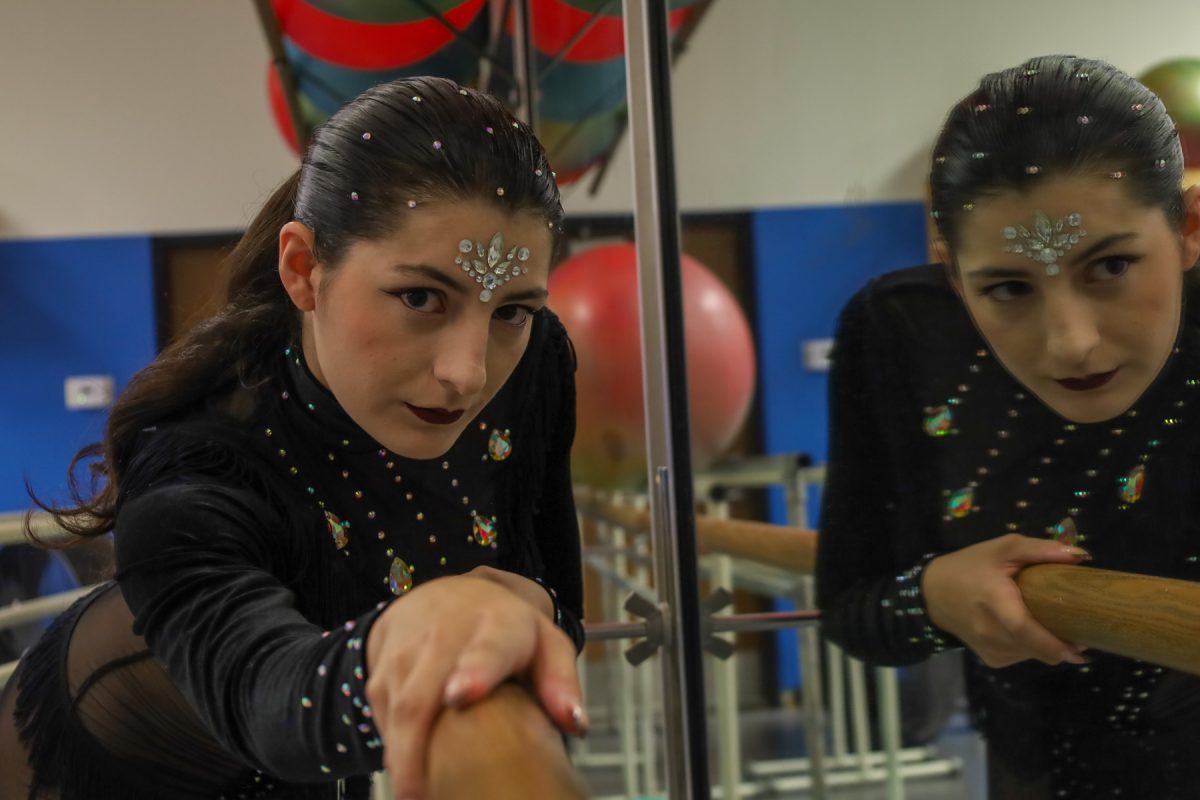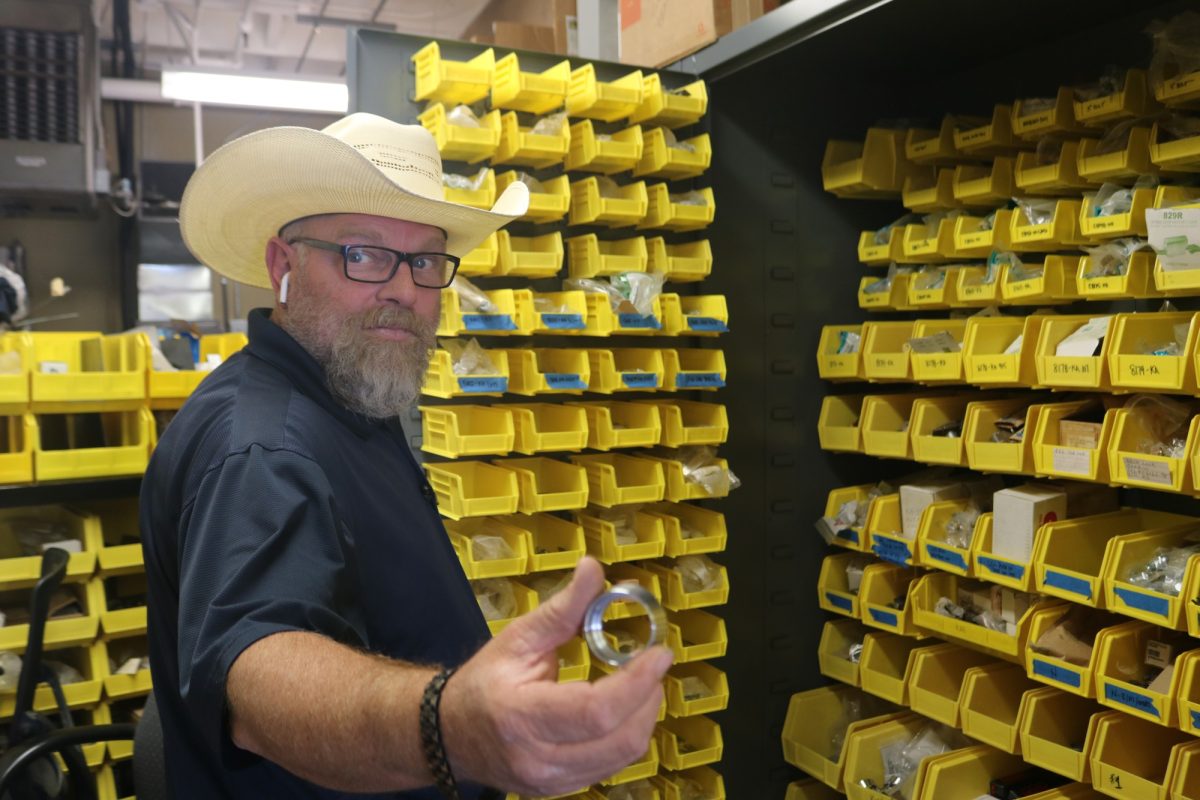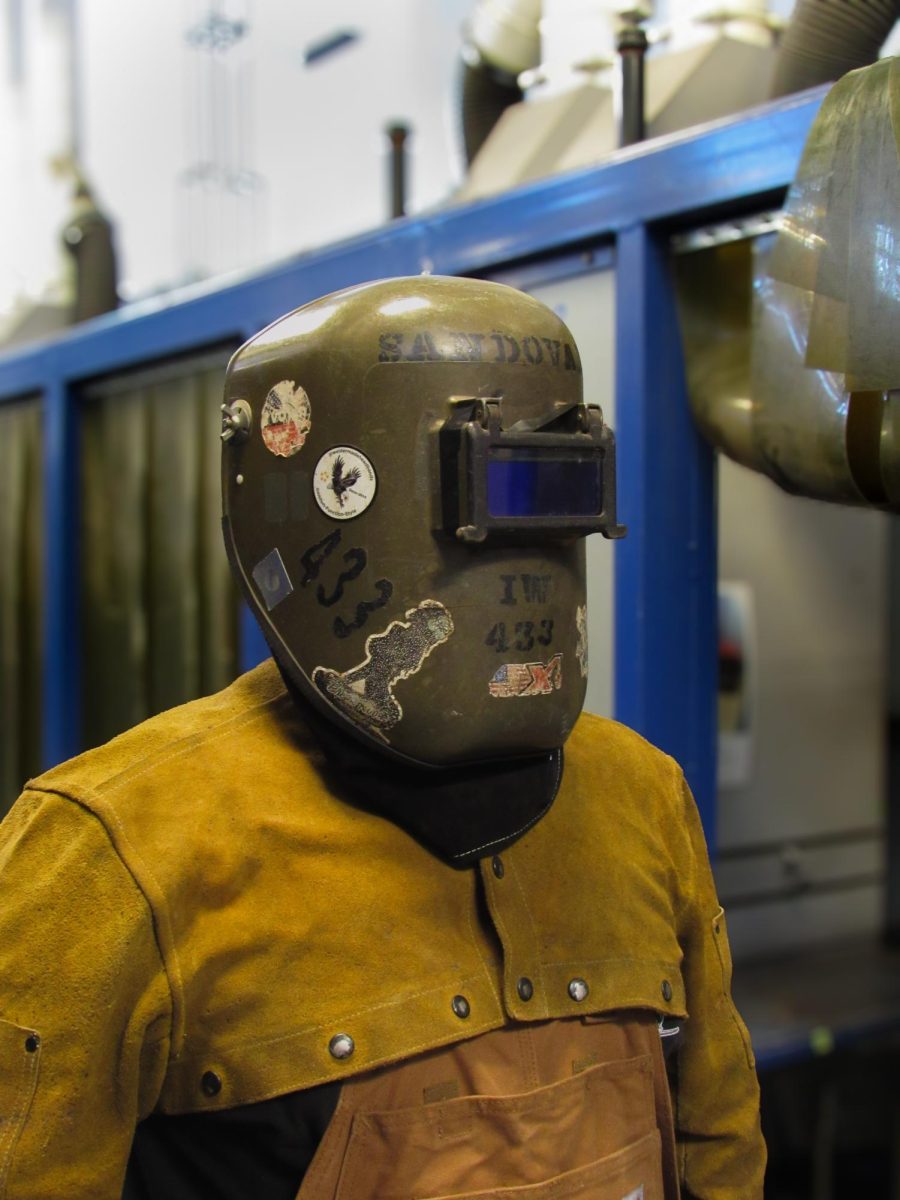On a Sunday morning at Mt. Tabor Missionary Baptist Church in Los Angeles, the air buzzed with anticipation. The congregation settled into the pews, their eyes fixed on the front. The music began softly —a gospel song filled with reverence and devotion.
Jennifer Chambers, an 18-year-old psychology major at El Camino College, stepped forward. Born in Texas but raised in Inglewood, she has been part of Mt. Tabor since her family moved to California in 2007, calling the church her second family.
Dressed in a flowing white praise dance gown, she stood still for a moment. As the choir’s voices rose, so did her arms and with every turn and leap, she became one with the music. Her movements told a story of faith that left the congregation in awe.
For a moment, it seemed as if time slowed. In that sacred space, Chambers wasn’t just performing a dance — she was ministering to her church.
“You put a lot of embers and passion into your dance,” a church member, Dianne Spencer, told her afterward, echoing the warmth of the audience’s reception. Chambers reflected on that moment, recalling the congregation’s support.
“It was really good; a lot of them are older, but the energy and support was there, and it felt nice and welcoming to dance again.”
In moments like this, Chambers realized the true purpose of her ministry. She wasn’t just moving to the music; she was inspiring those around her, even a young girl who approached her after the performance, eyes wide with admiration, saying,
“I want to dance like you.”
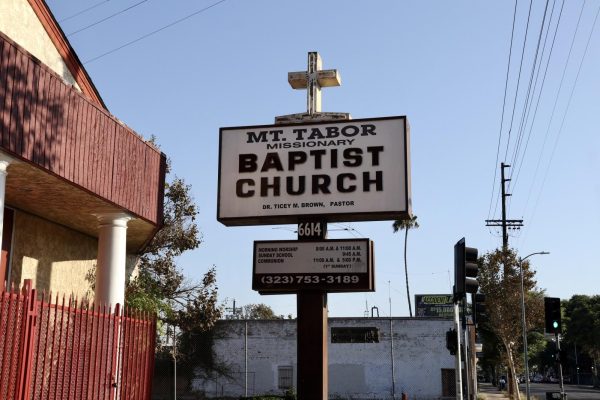
The power of praise dancing
Praise dancing, also known as liturgical dancing, has deep historical roots in religious worship, tracing back so far that its precise origin is unknown. Micheal Land, an arts and music professor at Trinity College, elaborates on this connection.
“When Psalm 150 calls on believers to ‘praise Him with tambourine and dancing; praise Him with strings and flute. Praise Him with clashing cymbals; praise Him with resounding cymbals,’ it’s more than a suggestion – it’s an invitation to worship through movement using our whole selves to express devotion,” he said.
Praise dancing holds a profound place in Black churches and Southern Baptist, Pentecostal and Catholic denominations, with origins that trace back to the era of slavery in the United States. In a world where enslaved individuals were often forbidden from practicing their cultural traditions, dance became a subtle yet powerful act of resistance, enabling them to maintain spiritual resilience and communal identity under oppressive conditions.
“During the time of the Underground Railroad, enslaved individuals would use these songs to communicate information about escape routes or to provide warnings about nearby danger,” Land said.
Praise dancing was not just an element of worship but also a reflection of the resilience of the Black community.
“As Black churches grew in prominence after the abolition of slavery, the tradition of praise dancing continued to evolve, transforming into a cherished form of worship that preserved cultural heritage while celebrating the strength, faith and unity of the congregation,” Land said.

The Early Days: A Shy Girl Finds Her Calling
Chambers grew up in Mt. Tabor Missionary Baptist Church, where her spiritual
journey began.
At 11 years old, she wandered upstairs in the church and stumbled upon a group of women gracefully practicing a praise dance. The dancers, ranging from ages 3 to 80, moved with a rhythm that seemed almost otherworldly, their arms stretching toward the heavens as they followed the flow of gospel music.
Chambers, shy and reserved, stood entranced in the doorway. It was as though they were speaking a language she hadn’t yet learned — a language of faith expressed through movement.
Hesitant but intrigued, she was invited to join them. Her steps were timid, but with each beat of the song, she felt something deeper than just the mechanics of dance — a connection.
“I didn’t know what it was at first,” Chambers said. “But I could feel this pull. It wasn’t just dancing; it was like I was praying with my body.”
What began as a casual interest soon became a spiritual experience for Chambers. Each practice session allowed her to pour out her vulnerability and transform it into worship. Dance became her way of communicating with God — her form of prayer without words.

Finding Her Ministry Through Dance
Praise dancing has long held a sacred place in Black churches, including Mt. Tabor Missionary Baptist. This form of spiritual expression allows the congregation to feel the power of God’s presence through movement.
For Chambers, though, it was more than a ritual —it was a lifeline. When she first started praise dancing, she was unsure of herself, nervous about stepping in front of an audience.
“She’s an introvert by nature,” said her dance instructor, Toykia Stafford. “Sometimes you’d never know it by the way she moves in front of the congregation, but getting her to that point wasn’t always easy.”
Chambers’ faith infused every part of her performance. Praise dancing wasn’t just choreography to her — it was a conversation with God.
“I always encourage the dancers to connect with the song before we go out,” Stafford said. “Jenni has really taken that to heart. She makes sure that every movement means something, that she’s fully present in the moment.”
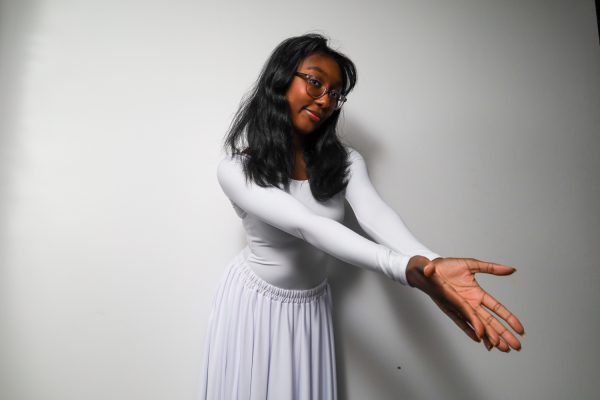
Overcoming Her Shyness
Chambers’ journey from a shy introvert to a confident leader wasn’t immediate. Early on, she struggled to keep up with faster-paced movements and sometimes hesitated to ask questions.
“When she was younger, she wasn’t always the fastest at picking up choreography,” Stafford said. “Some of the other girls caught on right away, but Jenni needed a little more time.”
However, Chambers’ dedication made up for any initial challenges. She spent extra hours practicing at home, refining her movements until they were flawless. As she grew more comfortable with the technical aspects of praise dancing, something else began to change – her confidence. Stafford remembered a turning point when Chambers took charge during a group rehearsal.
“There was this moment a few years ago when she really stood out. The older girls were gone, and Jennifer just stepped forward and took control. You could see she wasn’t holding back anymore.”
Chambers said her confidence grew after her first successful performance.
“It was nerve-wracking and unbelievable,” she said. “But after that, I wanted to keep going. Each time, it felt more like I was worshiping, showing my praise for God through dance.”
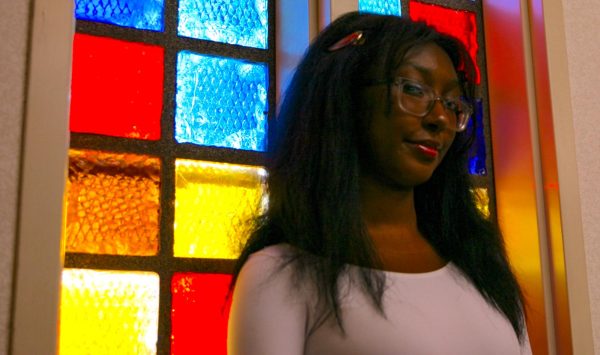
Stepping Into Leadership
As older dancers left for college or other commitments, Chambers found herself stepping into leadership roles, mentoring younger dancers and helping keep the ministry alive. She recognized the importance of passing on the tradition of praise dancing to the next generation.
“There’s a recruitment of the newer generation that I hope to get into the dance and keep the church tradition going,” Chambers said.
Her leadership and commitment are evident in her work with younger dancers. She often takes charge of rehearsals and ensures the group is prepared for performances.
Her friend Giselle Richardson, 17, recalled their most recent performance for their church’s anniversary.
“She took a leadership role and made sure we were doing the arm movements in sync with each other,” Richardson said.
Personal Ministry Through Dance
Praise dancing has become Chambers’ personal ministry. For her, the stage is an altar, and each performance is an offering.
“It feels like I am worshiping Him, showing Him in another form, that I am praising Him through dance,” Chambers said.
Her goal is not only to honor God but also to inspire others to connect with their faith through dance. She fondly remembers a young girl who approached her after a performance, saying she wanted to join the praise dance ministry.
“I wanted more younger girls to participate in praise dancing,” Chambers said.

Chambers’ Continued Growth
Since returning to the church after the pandemic, Chambers’ passion for dance and her faith has only deepened. Her most recent performance held special meaning, marking her first time on stage since quarantine.
“I feel like it brought me closer to God and my own passion,” she said.
Now, as a psychology major, she hopes to help children access therapy, an opportunity she didn’t have growing up. This mission, rooted in her own experiences, aligns with her ministry and commitment to uplifting others.
Looking ahead, Chambers envisions recruiting more young dancers and organizing performances that inspire the congregation.
“I hope for the future of spiritual growth and to inspire others through dance,” she said.


